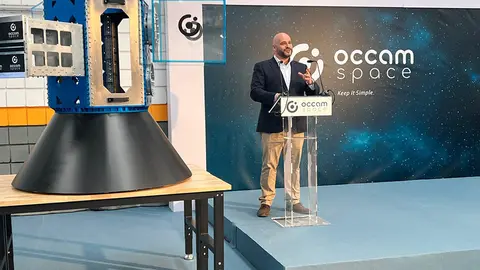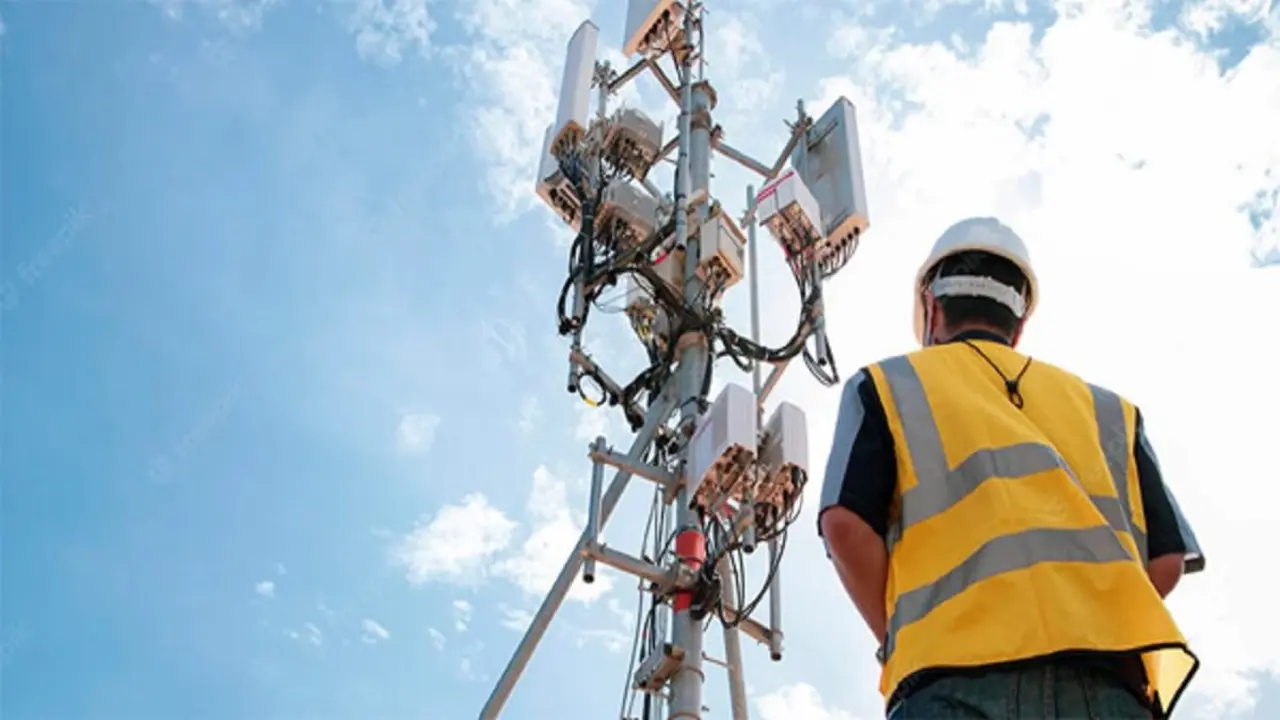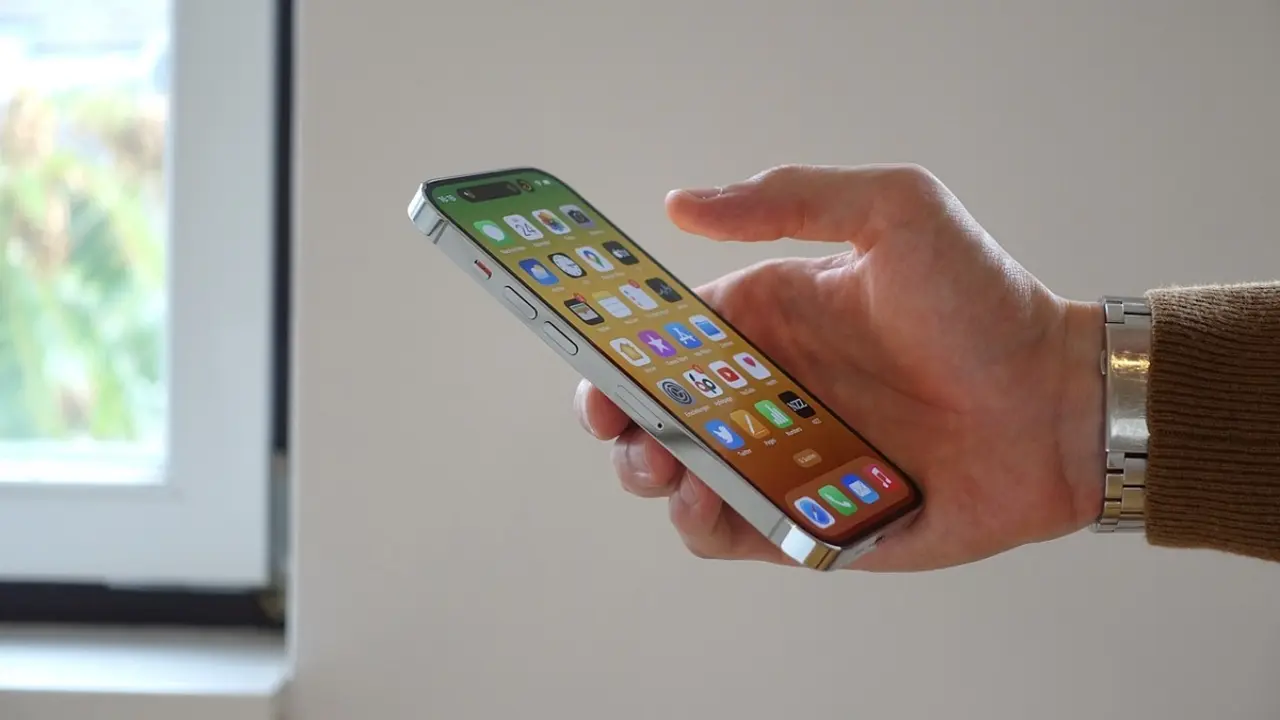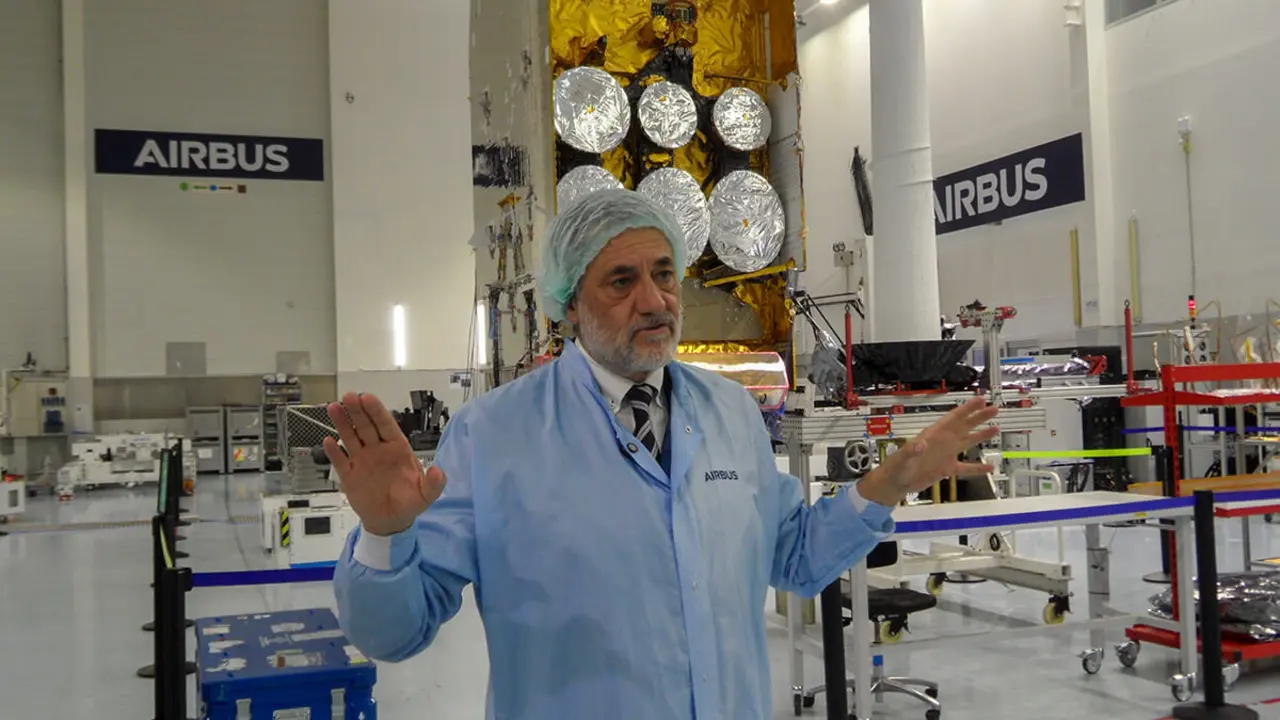Occam Space's secret to reaching space: talent and reliability
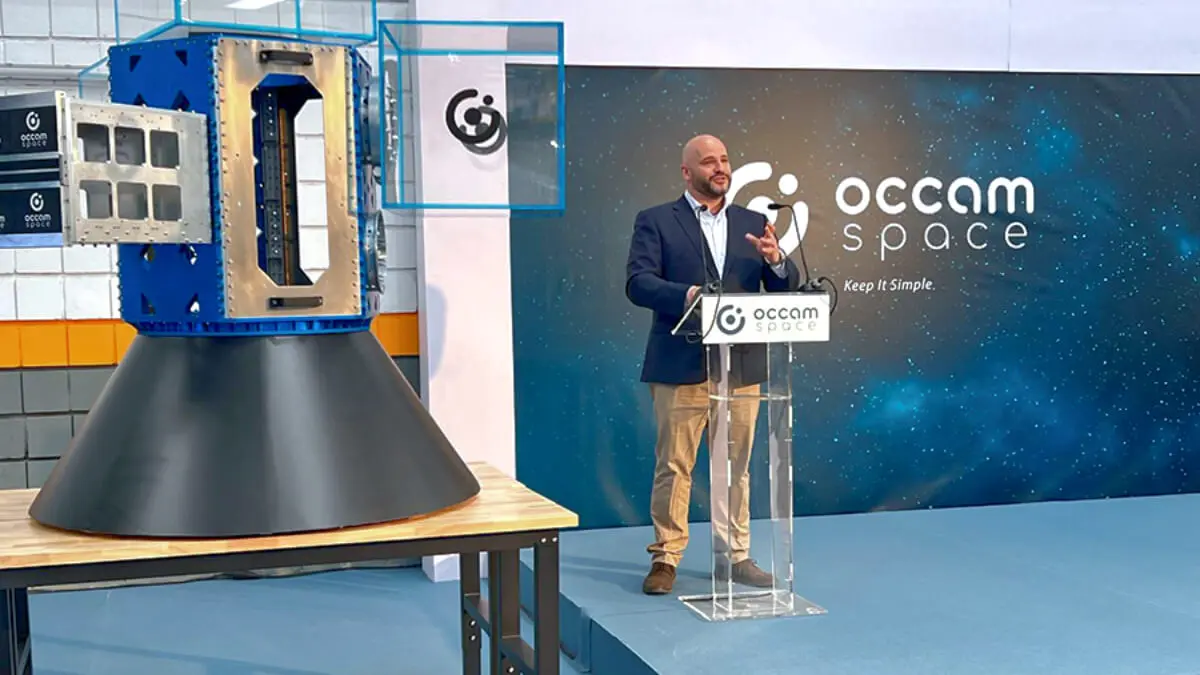
Occam Space CEO Manuel Serrano appeared on Onda Madrid's ‘De cara al mundo’ programme to discuss the process of putting its satellites into orbit and the opening of its new facilities in Coslada. He also mentioned Trump's tariffs on the space industry.
Occam Space, Manuel, is on its way to becoming a very important company in the world of satellites. Is there a secret to your success, or is it hard work, talent, dedication and trust in your team?
We are trying to grab a piece of the sector and become relevant in the industry. Our goal is to achieve this. And the secret is none other than hard work and great professionals. We have outstanding professionals, whom we often underestimate, but I want to emphasise that they are there, and we have nothing to envy any other country.
Your role in the satellite launch process is key. Why is that? Can you explain?
To help readers better understand how it works, it's important to clarify that the most important part of this business, so to speak, is the satellites. That payload, that telephone repeater, that television repeater that allows us to watch a sporting event on the other side of the world, that camera that allows us to monitor borders or crops, to see if everything is going well, if there are any pests. The important thing in all this business is the satellite.
The thing is, its position requires somewhat special transport. In other words, their position, their orbit, requires them to leave the ground and cross the atmosphere to reach that point. And that transport is a somewhat special, delicate and violent transport. It has a rather harsh environment in terms of temperatures, lack of air and so on. And it is very important to secure the satellite well to the transport, in this case the launcher, throughout the journey. That is what we do.
We make sure that these anchors, whose ultimate mission is to separate and break all the links, not only mechanical but also electrical and so on, because once it reaches orbit, it is released mechanically, the umbilical connectors, as they are called, are released, and it is pushed away, physically separated from each other so that each one can continue its journey. And that's when the launcher, i.e. the rocket, re-enters the atmosphere and is recovered or burns up.
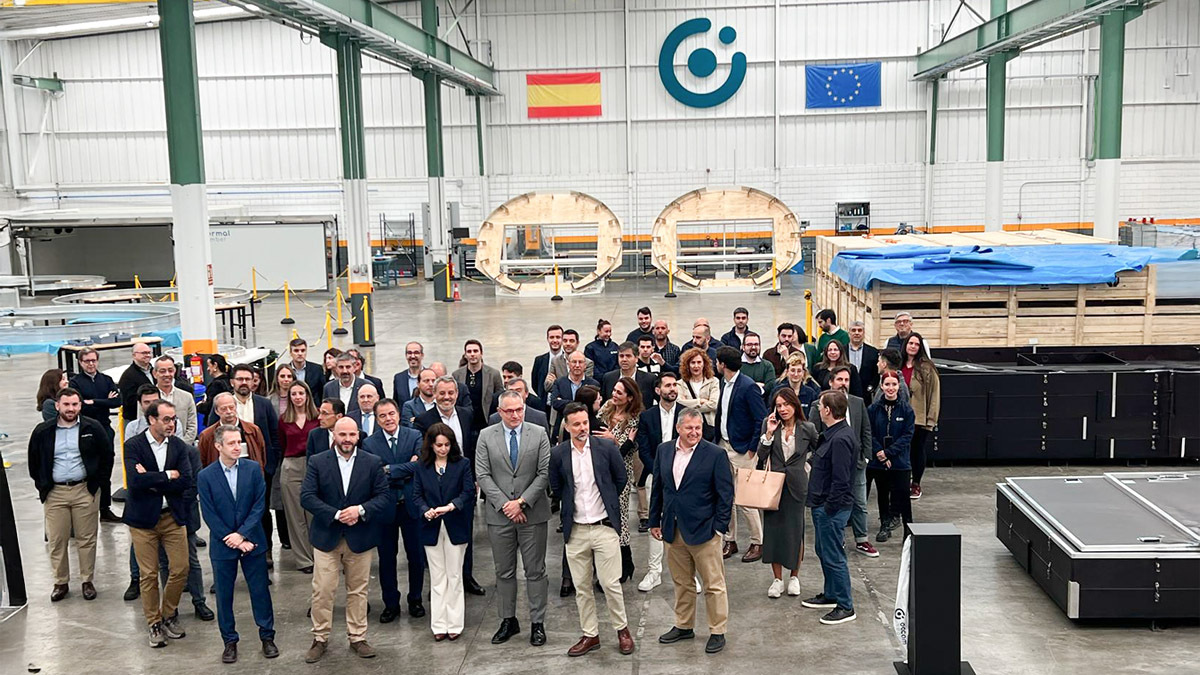
Manuel, we'd like to know a little more about the history of Occam Space, which has just opened new facilities in Coslada. How did it come about? Whose idea was it? Are you a co-founder? Tell us a little about your history.
That's right, we've just celebrated our third anniversary. It's a relatively young company and we're opening new facilities. We're lucky to have been able to grow steadily and consolidate our position in the industry.
Occam Space is basically the response of a group of people who were convinced that things could be done differently. We had been making similar systems in other companies around the world, major players in the industry, and we were convinced that this could be done differently, more cheaply, more flexibly and with the same level of reliability as the traditional industry. Then, a group of engineers saw an opportunity in an expanding market, where large private players are beginning to enter. We are talking about the well-known Elon Musk, Jeff Bezos of Amazon and countless other very important players.
We saw the need for a market to expand this type of system. And, basically, we got a group of great engineers together and started our own adventure here in Coslada, Madrid.

And you have achieved something fundamental in this sector, which is trust and reliability. Because it seems simple, but without that last link in the chain, which is your retaining ring, but above all the thrust, it doesn't work, everything goes down the drain.
The important thing, the critical part of the business, so to speak, is not the launcher, which is the most spectacular part because of the videos we see, but the equipment, the computer, the repeater and the camera that is placed on top. What happens? Transport is important, but more important is that it separates before the tragic end that the last stage of the launcher usually has. Before it burns up in the atmosphere on re-entry.
It is very important that the satellite separates, because if that separation does not happen reliably, we are basically throwing away the satellite, our payload, which would re-enter the atmosphere and burn up. If the system does not work, we automatically lose the entire mission.
Manuel, how many satellites are already in orbit after using the Occam Space system?
Today, in terms of satellites in orbit, there are several thousand in the industry.
Thanks to our systems and structures, our company has currently managed to put five satellites into orbit. We hope that, as part of our separation system and the other systems we are offering to the market, around twenty of our systems will help around twenty satellites to fulfil their mission by the end of the year.
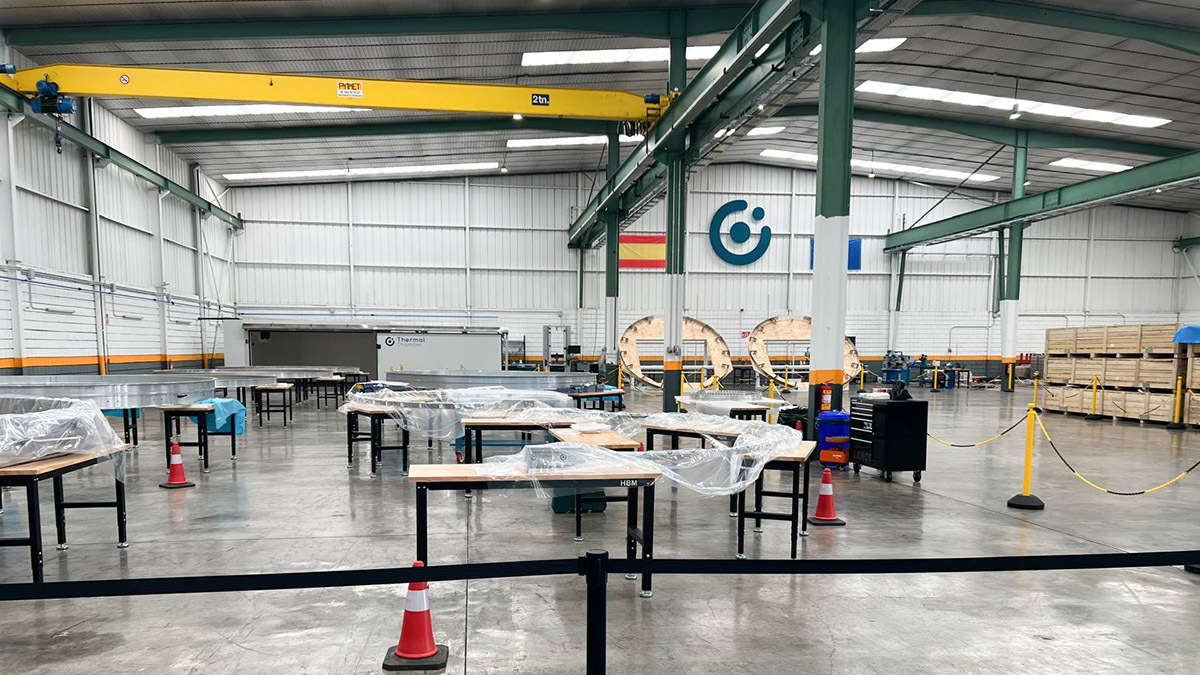
You also have a dispenser with a capacity for more than 50 satellites. It should be explained that not all satellites weigh 40 or 50 tonnes. There are nanosatellites of various sizes. The other day we saw this kind of box-dispenser that can hold up to 56 satellites, if I remember correctly, to put them into orbit.
Indeed, not all satellites are the same and, in fact, this is a changing trend. In the past, we are talking about 15 years ago, not so long ago, we are talking about 2005-2010, before the space boom, satellites were large satellites. We were talking about satellites the size of a bus.
Thanks to lower prices and access to space, the number and type of satellites now in existence has diversified. We are talking about the fact that the most numerous satellites are no longer the size of a bus. They have become lighter and smaller, and the vast majority are now the size of a Coca-Cola can, a shoebox, a microwave, a washing machine, or even a small car. There are many more satellites, and there is a much wider range because the cost now allows many companies to see a real opportunity to exploit a business from space.
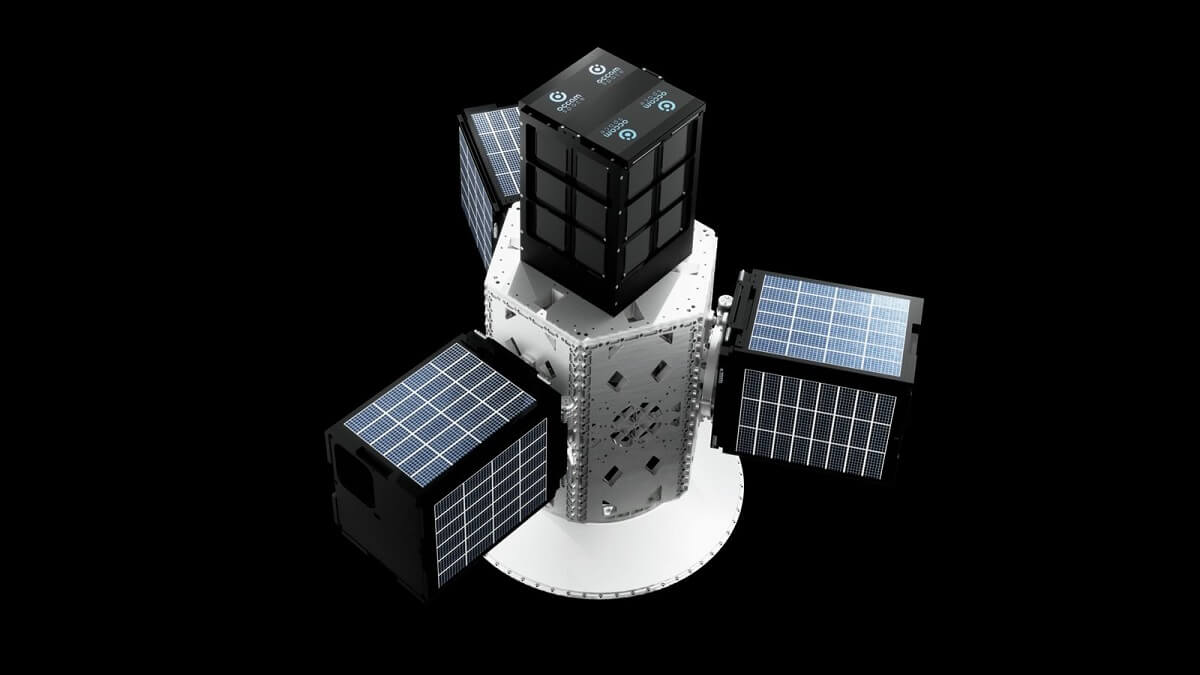
You are also going to work with larger satellites. What is the forecast, your plan for the next 2-3 years?
Our goal is to fill a gap in the market, which is the gap between the interface, where the launcher and rocket end, and where the satellites begin.
The market is expected to explode in terms of the number and type of satellites. That is why we are preparing to make all types and sizes of separation systems. We can imagine that it is not the same to separate a satellite the size of a microwave as it is to separate a satellite the size of a car.
So we are qualifying, which means homologating and certifying, that all our system sizes meet the requirements of the launchers. We are talking about launchers such as SpaceX and other relevant ones in the industry, so that we can offer the whole range of products, not just one size, but the whole range of products that may be needed to fill the gap between where the launcher ends and where the satellite begins.

Space is a strategic location. It has been for some years now, remember President Ronald Reagan's Star Wars programme, but in recent years control of space has become strategic for the major superpowers. But, as you also say, it is not all about security and military matters, but about the everyday consumption of any citizen, any crop or any service that needs to be provided.
That's right. Many people have probably become familiar with space through prominent or well-known figures, such as Elon Musk's approach to the White House, Jeff Bezos through Amazon, other people at Google, or even this week when we learned that Samsung has joined the space race and is building its first spaceports. In other words, there are more and more companies, large companies, jumping on the bandwagon because they see the real business opportunity of providing services from low space, from low Earth orbit.
Space tourism is another matter, but let's finish up. Could Trump's tariffs hurt you? Are you making any forecasts?
Trump's tariffs could have an impact. We cannot ignore the fact that a large part of the market is American, the vast majority. We are talking about nearly 90% of the current market being American, although it is expected to diversify. And implementing indiscriminate tariffs on everything affects our competitiveness. Basically, it's a drop in margins because it makes our products more expensive compared to our competitors. And all we hope is that it's a pressure tactic, to force negotiations to reach major agreements, and we hope that the situation will be resolved.


